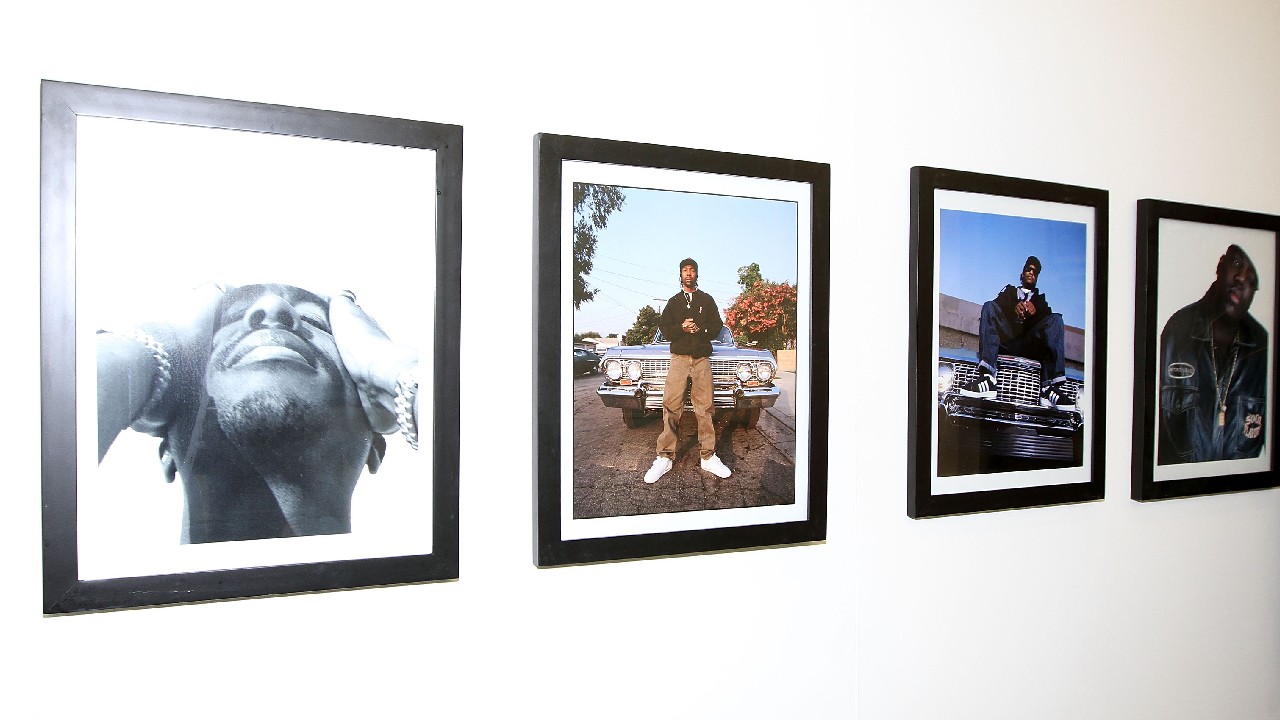

Chi Modu, whose distinguished photography immortalized hip hop’s greatest figures ahead of their career heights, has died at the age of 54. On Monday, May 24, Modu’s family took to his official Instagram account to confirm his passing, captioning the post “Our hearts are broken… We continue the fight.” The caption continued, “The family requests privacy at this time.” The cause of the legendary artist’s death has not been officially disclosed, yet sources told TMZ that he passed following a battle with cancer.
Originally from from Nigeria, Modu was raised in New Jersey and attended Rutgers University where he first fell in love with photography as a student. Following his degree, he went on to study at Manhattan’s International Center of Photography. In the early 90s, Modu joined The Source, an authoritative voice on the hip hop realm and one of industry’s leading magazines, where he would become director of photography. While shooting the covers of 30 issues, he captured the breadth of hip hop’s golden age with candid photos that displayed the humanity in artists that were often painted as one-dimensional celebrities. With Wu-Tang Clan, Run-DMC, The Notorious B.I.G., Snoop Dogg, Nas, Ice Cube, Eminem, and Mary J. Blige in front of his lens, Modu’s portfolio chronicles the legends before their imminent fame and icon stature.
The documentarian’s black and white photographs of Tupac Shakur particularly have been lauded as one of, if not the most, palpable snapshots of the vulnerability that lay within the late artist’s superstardom. “There were no barriers between us. He was prepared to let his guard down, so I could show the human behind the headlines,” Modu said of the disarming shot, which later landed on the cover of Rolling Stone’s 2012 issue. In 2016, he published Tupac Shakur: Uncategorized, a timeless photo book that featured the rapper from their first meeting in Atlanta in 1994 up until 6 months before his death in September 1996.














